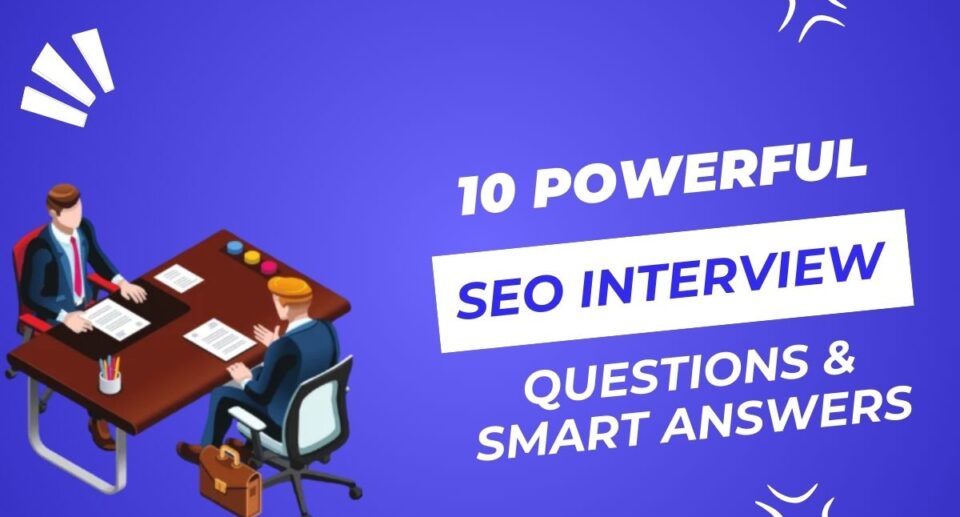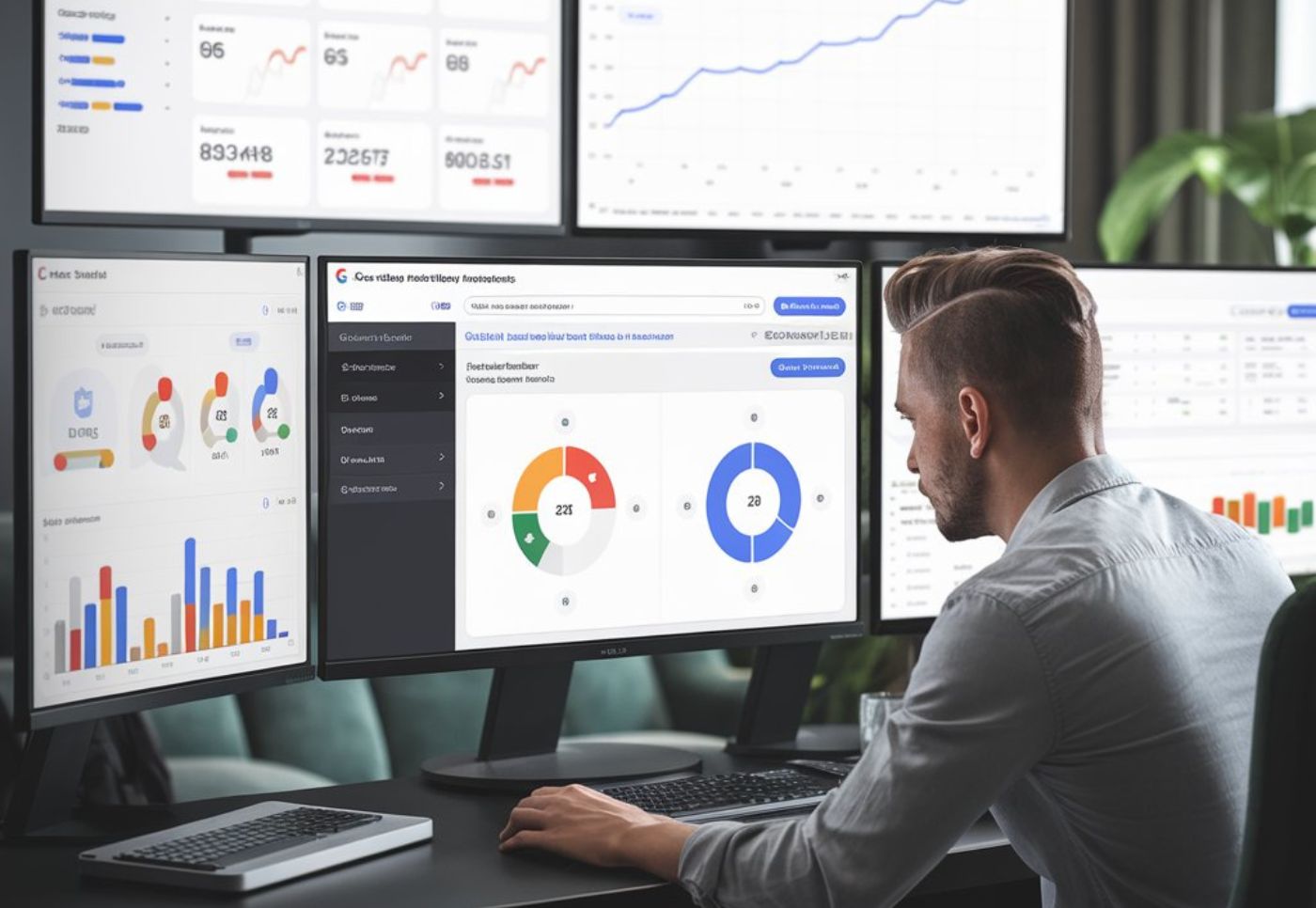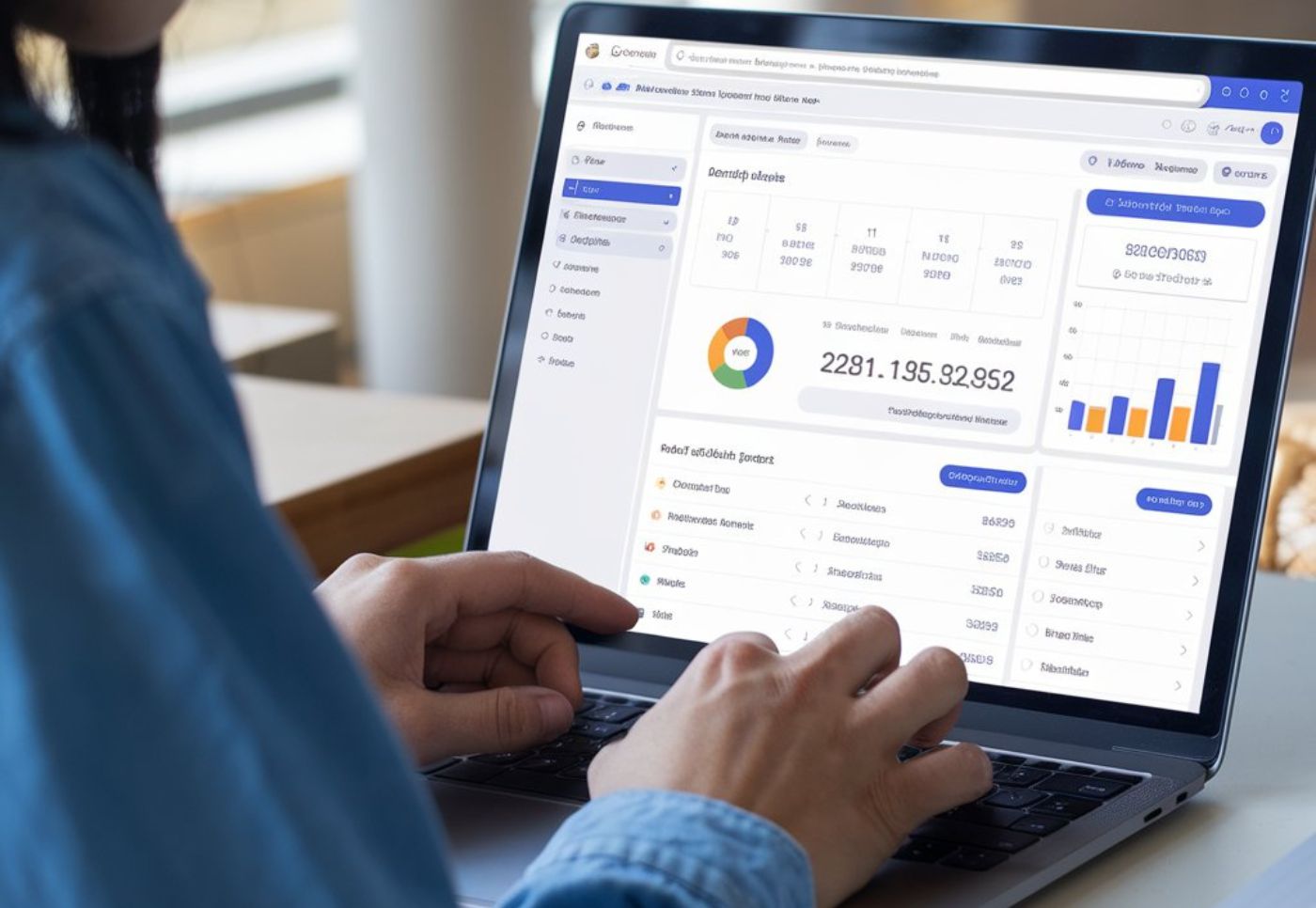SEO for Small Business: 5 Proven Power Moves
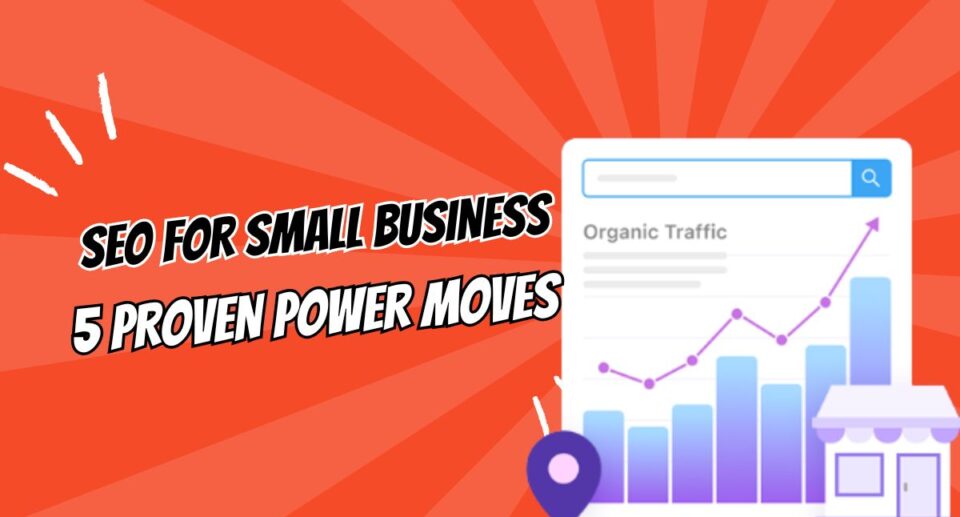
INTRODUCTION
You’re not alone. Many small business owners start with Facebook or Google Ads hoping for quick wins—only to realize they’re paying for every single click without building anything sustainable. That’s where SEO for small business comes in.
SEO isn’t a magic switch. It doesn’t deliver results overnight. But when done right, it’s the gift that keeps giving—month after month, year after year. It’s like building a house you own instead of renting a hotel room. With SEO, you invest once and reap the benefits long-term, even if you stop working on it for a while.
Let’s break down why SEO should be your long-term growth strategy—and how to make it work for your seo for small business.
 Table of Contents
Table of Contents
Why SEO Matters for Small Business Growth
SEO stands for Search Engine Optimization—but for small businesses, it might as well stand for Sustainable, Evergreen, Organic growth.
Real Benefits of SEO for Small Business:
Free, consistent traffic that doesn’t rely on ad budgets
Higher credibility and trust through organic rankings
24/7 visibility—your site works for you, even while you sleep
Better ROI over time than short-term campaigns
Analogy: Think of SEO as compound interest. Every blog post, link, and page optimized today builds momentum for tomorrow seo for small business.
Stat to Know:
According to BrightEdge, 53.3% of all website traffic comes from organic search—not ads, not social media.
 SEO vs Paid Ads: The Long-Term Value Showdown
SEO vs Paid Ads: The Long-Term Value Showdown
Let’s get one thing clear: ads work—but only while you pay for them.
| Element | Paid Ads | SEO |
|---|---|---|
| Visibility | Instant | Gradual |
| Cost | Ongoing per click | Mostly upfront (time or money) |
| Duration | Ends when you stop paying | Keeps working even after |
| Trust | Lower (sponsored label) | Higher (earned rank) |
| ROI Over Time | Declines | Increases |
Comparison Example:
Ads: Stop paying = traffic disappears
SEO: Stop working = traffic may still come from existing blogs, backlinks, and optimized pages
“A client of mine spent one year investing in SEO. In year two, their organic traffic tripled and they completely stopped running ads. ROI? 10x.”
Tools and Platforms to Make SEO Easier
You don’t have to be an expert or hire an agency from day one. Use these tools to simplify your SEO efforts:
| Tool | Purpose | External Link |
|---|---|---|
| Ubersuggest | Keyword research, site audit | https://neilpatel.com/ubersuggest/ |
| Google Search Console | Track search visibility | https://search.google.com/search-console |
| Yoast SEO (WordPress) | On-page optimization | https://yoast.com/seo-blog/ |
| SEMrush | Competitor analysis | https://www.semrush.com |
| Canva | Design blog/social images | https://www.canva.com |
Pro Tip: Start with free tools like Search Console and Ubersuggest before upgrading.
Smart SEO Strategies That Actually Work
SEO doesn’t mean stuffing keywords. It’s about smart, sustainable strategies that align with your audience and Google’s algorithm.
H3: 1. Focus on Local SEO
Optimize for “near me” and city-based keywords. Register your business with Google Business Profile, add your NAP (name, address, phone) consistently, and get local backlinks.
H3: 2. Blog with Purpose
Don’t blog randomly. Create content that answers customer questions and matches search intent. Use tools like AnswerThePublic or AlsoAsked for content ideas seo for small business.
H3: 3. Build a Backlink Strategy
Reach out to local directories, suppliers, or industry blogs for backlinks. Create valuable content that others want to link to.
Actionable Tip: Write one blog per week targeting a long-tail keyword. In a year, that’s 52 opportunities to get traffic.
 How to Track SEO Results Over Time
How to Track SEO Results Over Time
SEO isn’t set-and-forget. But once it’s running, you’ll see a snowball effect.
What to Track:
Organic Traffic (Google Analytics 4)
Impressions & Clicks (Google Search Console)
Keyword Rankings (Ubersuggest or Ahrefs)
Conversions (Contact form fills, sales, bookings)
Real-Life Case: “I worked with a fitness coach who stopped running ads after six months of consistent SEO blogging. Their organic traffic doubled and they ranked #1 for ‘online fitness coaching India’.”
FAQs
1. Is SEO for small business worth it in 2024?
Yes! With rising ad costs, SEO provides predictable, cost-effective growth and long-term ROI.
2. How long does SEO take to show results?
Most websites start seeing results in 3–6 months, depending on competition and consistency.
3. Can I do SEO myself as a small business owner?
Absolutely. Start with local SEO, blog content, and optimizing your pages. Use free tools to guide you seo for small business.
4. Is SEO better than paid ads?
For short-term goals, ads help. But for long-term visibility and brand trust, SEO wins hands down.
5. How much does SEO cost for small businesses?
It can range from free (DIY) to $300–$2000/month if hiring an agency. Start small and scale as you grow seo for small business.
Conclusion
SEO for small business is not just a marketing tactic—it’s an asset. It doesn’t promise overnight miracles, but it guarantees compounding results. Unlike ads that vanish the moment you stop paying, SEO keeps working in the background—bringing in leads, building authority, and saving you thousands over time.
Call-to-Action 1: If you haven’t started SEO yet, begin with a simple site audit and keyword research today.
Call-to-Action 2: Already running ads? Start shifting 20% of your budget to SEO efforts—you’ll thank yourself in 6 months.
“The best time to invest in SEO was yesterday. The second-best time is today.”
Don’t rent visibility. Own your growth seo for small business.

 Table of Contents
Table of Contents
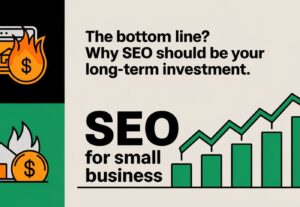 SEO vs Paid Ads: The Long-Term Value Showdown
SEO vs Paid Ads: The Long-Term Value Showdown How to Track SEO Results Over Time
How to Track SEO Results Over Time
